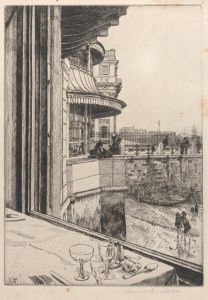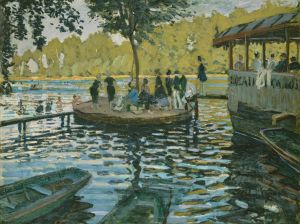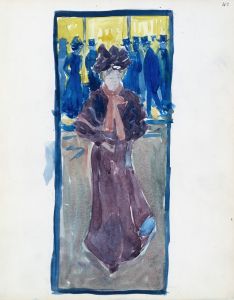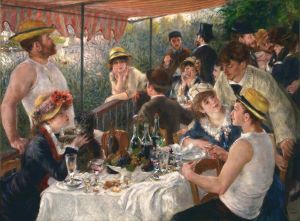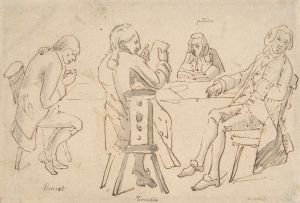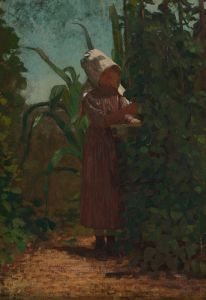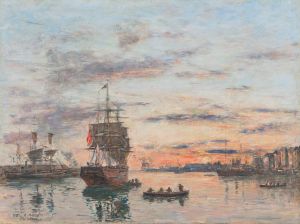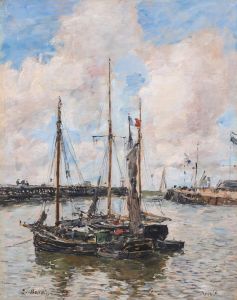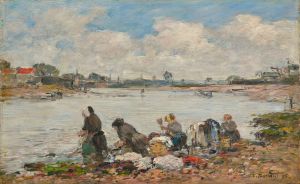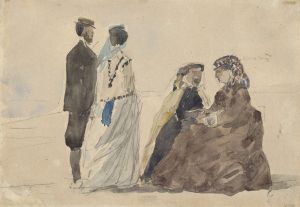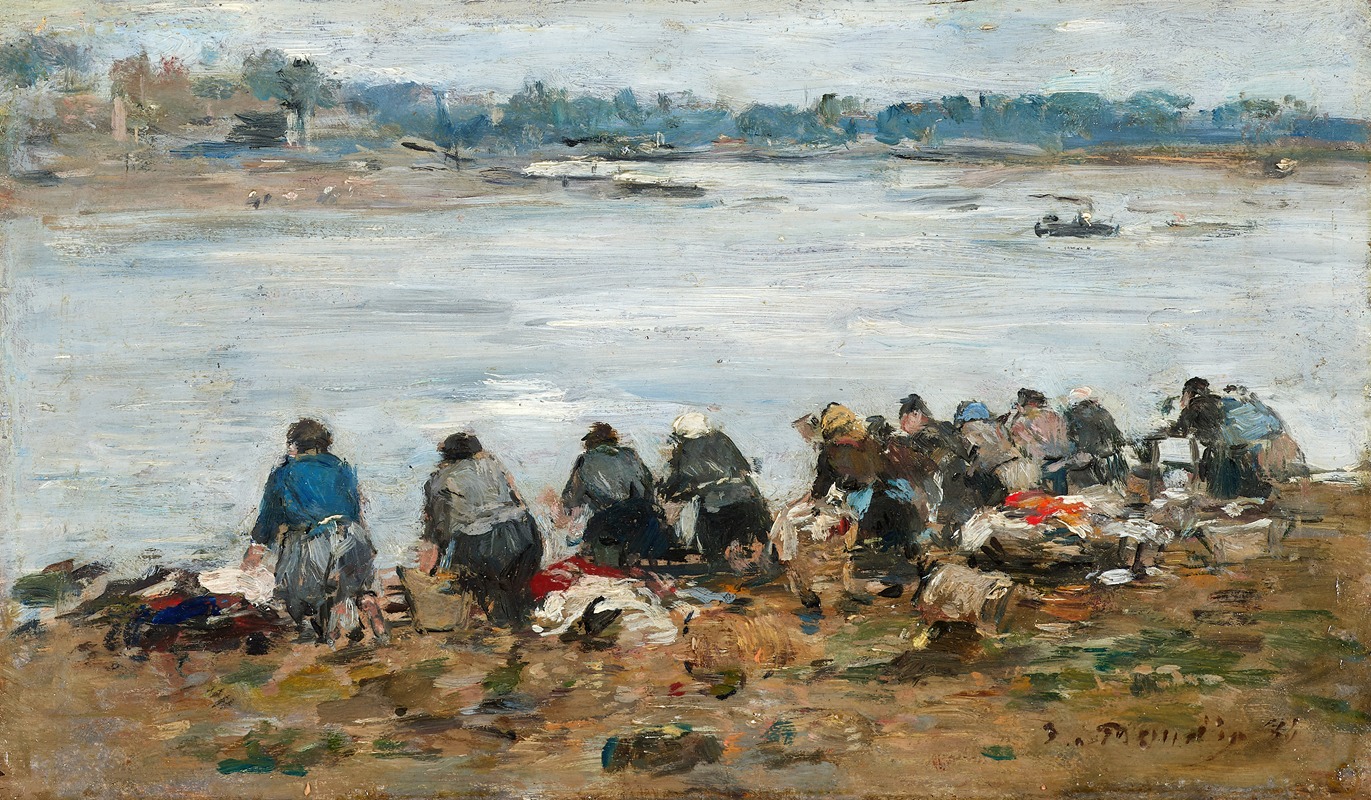
Laveuses au bord de la Touques
A hand-painted replica of Eugène Boudin’s masterpiece Laveuses au bord de la Touques, meticulously crafted by professional artists to capture the true essence of the original. Each piece is created with museum-quality canvas and rare mineral pigments, carefully painted by experienced artists with delicate brushstrokes and rich, layered colors to perfectly recreate the texture of the original artwork. Unlike machine-printed reproductions, this hand-painted version brings the painting to life, infused with the artist’s emotions and skill in every stroke. Whether for personal collection or home decoration, it instantly elevates the artistic atmosphere of any space.
"Laveuses au bord de la Touques" (translated as "Washerwomen on the Banks of the Touques") is a painting by the French artist Eugène Boudin, a prominent figure in 19th-century art and a precursor to the Impressionist movement. Boudin, known for his depictions of coastal scenes and everyday life, created this work as part of his broader exploration of light, atmosphere, and the activities of ordinary people.
The painting portrays washerwomen working along the banks of the Touques River, a waterway in the Normandy region of France. This subject matter reflects Boudin's interest in capturing the daily lives of rural and working-class individuals, a theme that recurs in many of his works. The washerwomen are depicted in a naturalistic setting, surrounded by the soft, diffused light characteristic of Boudin's style. The artist's attention to detail and his ability to convey the interplay of light and shadow are evident in the composition, which balances the human figures with the surrounding landscape.
Boudin's choice of subject and setting aligns with his broader artistic focus on the Normandy region, where he spent much of his life. The Touques River, which flows through the towns of Pont-l'Évêque and Trouville-sur-Mer before emptying into the English Channel, provided a picturesque backdrop for many of his works. Trouville, in particular, was a favorite location for Boudin and served as a frequent source of inspiration.
The painting exemplifies Boudin's skill in plein air (outdoor) painting, a technique he embraced to capture the transient effects of light and atmosphere. This approach influenced the Impressionists, including Claude Monet, who regarded Boudin as a mentor. While "Laveuses au bord de la Touques" predates the formal emergence of Impressionism, it shares the movement's emphasis on naturalistic representation and the fleeting qualities of light.
As with many of Boudin's works, the painting is celebrated for its harmonious composition and its ability to evoke a sense of place and time. The muted color palette and loose brushwork contribute to the overall impression of a serene, pastoral scene. The depiction of washerwomen, a common motif in 19th-century art, also reflects the era's interest in documenting the lives of ordinary people.
The exact date of the painting's creation is not definitively documented, but it is consistent with Boudin's body of work from the mid-to-late 19th century. The painting is held in a private collection or museum, though specific details about its current location are not readily available in public records.
Eugène Boudin's contributions to art history, particularly his role in paving the way for Impressionism, have earned him recognition as one of the most important landscape painters of his time. "Laveuses au bord de la Touques" stands as a testament to his ability to capture the beauty of everyday life and the natural world.






